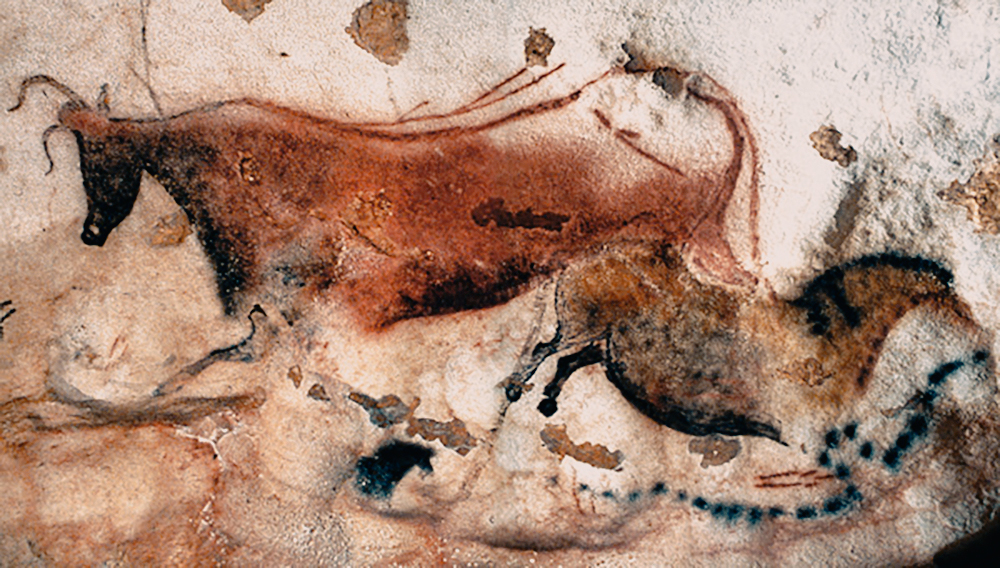What were the drawbacks of the scroll?They only allowed sequential usage
Post an example of a codex.
What is a codex?covered and bound collection of hand written pages
"Codex" is derived from the Latin meaning "block of wood". Why?it is sturdy like a block of wood
What is the difference between "sequential access" and "random access"?Sequential means one must go through the scroll to find a certain passage, but random access means one can go to any point to find information
What were the advantages of using the codex?It was more portable than the scroll and could be opened flat to any page, title could be written on the spine
What helped spread the use of the codex?Christianity was associated with the rise of the codex and adopted the formal for the early Bible.
What replaced papyrus? Describe the process used to create it?Parchment paper, substrate made from animal skin such as sheep, goats, and cows. Hair and fat removed and skin was smoothed out, hide was soaked in water, calcium and flour and salt were added, and then skin was stretched out, flattened, and dried.
What is vellum?finer qualities of parchment were made from skins of young calves
Name several examples of current technology that utilizes the format of the codex?Ipad, kindle, nook
What led to a period of cultural and economical deterioration?The decline of the Roman Empire resulted in fewer books being created
Post an example of an illuminated manuscript.
Who began creating books by hand, taking the creation to an art form?monastic monks became scribes
What does "illumination" refer to? What was included in this ornamentation?refers to the borders, illustrations, and ornamentation added to each page of text
What tool was used for creating the illuminated manuscripts?Natural quill pens
Why were these manuscripts reserved for religious purposes?because they were so laborious
What is craftsmanship? Why is it important?
It means good quality and its important because they will last longer.

